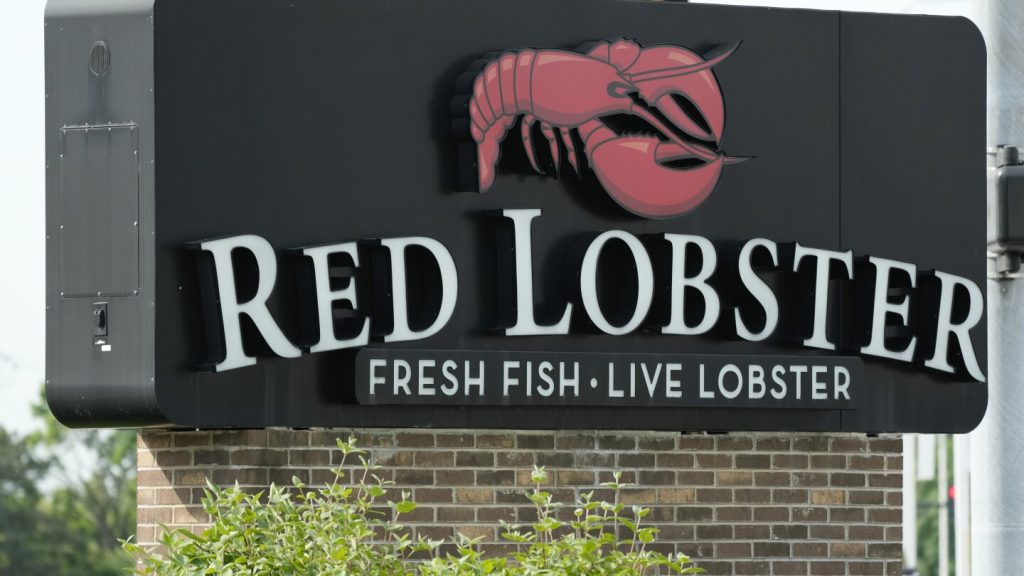Red Lobster has been approved to exit Chapter 11 bankruptcy protection by a U.S. bankruptcy judge. The seafood chain filed for bankruptcy protection four months ago to pursue a sale, following years of financial losses and declining customer numbers. During the bankruptcy process, Red Lobster closed dozens of restaurants in North America in an effort to simplify the business. The chain lost $76 million in 2023 and has undergone significant changes to stay afloat. Following the bankruptcy, Red Lobster plans to operate about 544 locations in the U.S. and Canada, down from 578 at the time of filing.
Under the acquisition plan, Red Lobster will continue to operate as an independent company once the deal is finalized by the end of September. The chain will also be getting a new CEO, Damola Adamolekun, who previously served as CEO of P.F. Chang’s. Adamolekun believes that Red Lobster has a bright future and expressed gratitude to the outgoing CEO for his leadership during the bankruptcy process. The acquisition by RL Investor Holdings, led by Fortress, includes providing over $60 million in new funding to help Red Lobster recover post-emergence.
Red Lobster has a storied history, having been founded in 1968 by Bill Darden and going through multiple ownership changes over the years. General Mills acquired Red Lobster in 1970 and later formed Darden Restaurants, which also owns Olive Garden. Darden Restaurants then sold Red Lobster to a private equity firm in 2014. Thai Union Group, a major seafood supplier, invested in Red Lobster in 2016 but announced plans to divest earlier this year due to financial losses caused by the COVID-19 pandemic and rising operating costs. One of the contributing factors to the losses was the inability to meet customer demand for the all-you-can-eat shrimp special, which was priced too low to be profitable last year.
Red Lobster has faced challenges with its “endless” promotions in the past, experiencing losses with an all-you-can-eat “Endless Crab” promotion in 2003 when crab prices rose. The recent bankruptcy and acquisition mark a new chapter for Red Lobster as it looks to recover and thrive under new leadership. With a focus on simplifying the business, reducing locations, and securing new funding, the seafood chain aims to overcome its financial struggles and regain its position in the competitive restaurant industry. The approval to exit Chapter 11 bankruptcy protection signals a fresh start for Red Lobster and the potential for a successful future under its new ownership.


